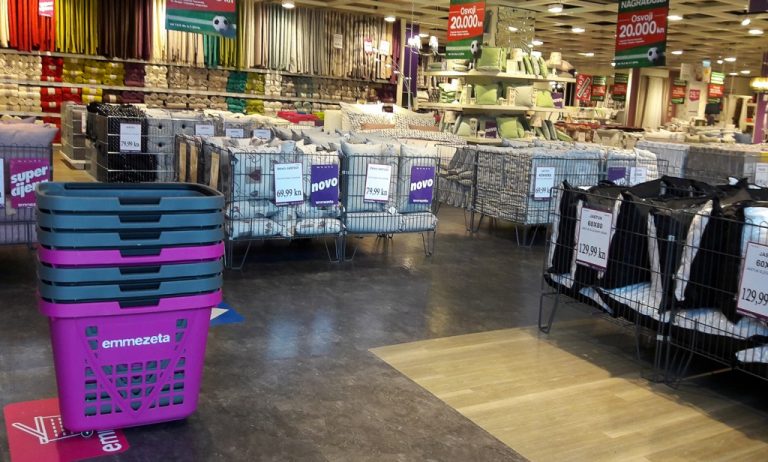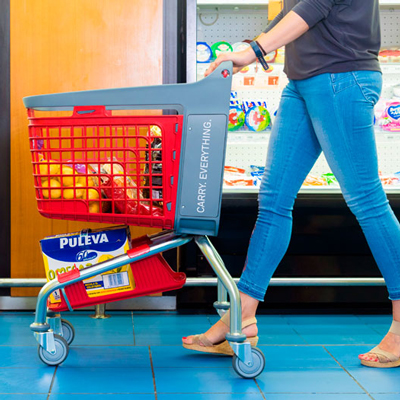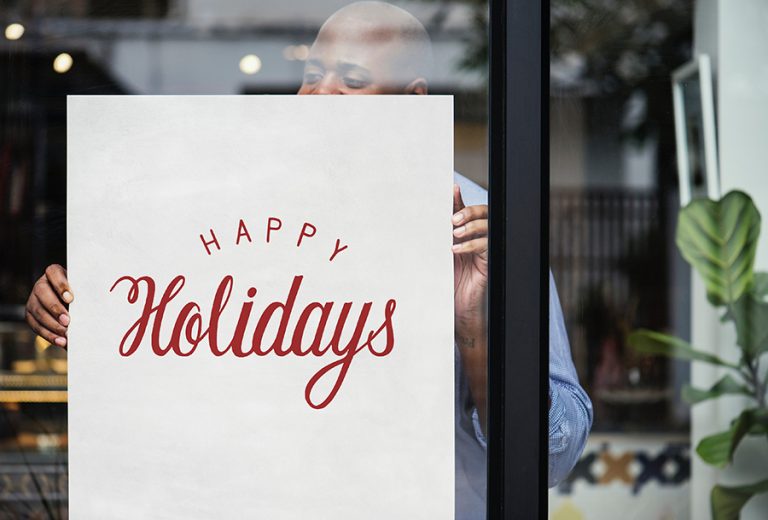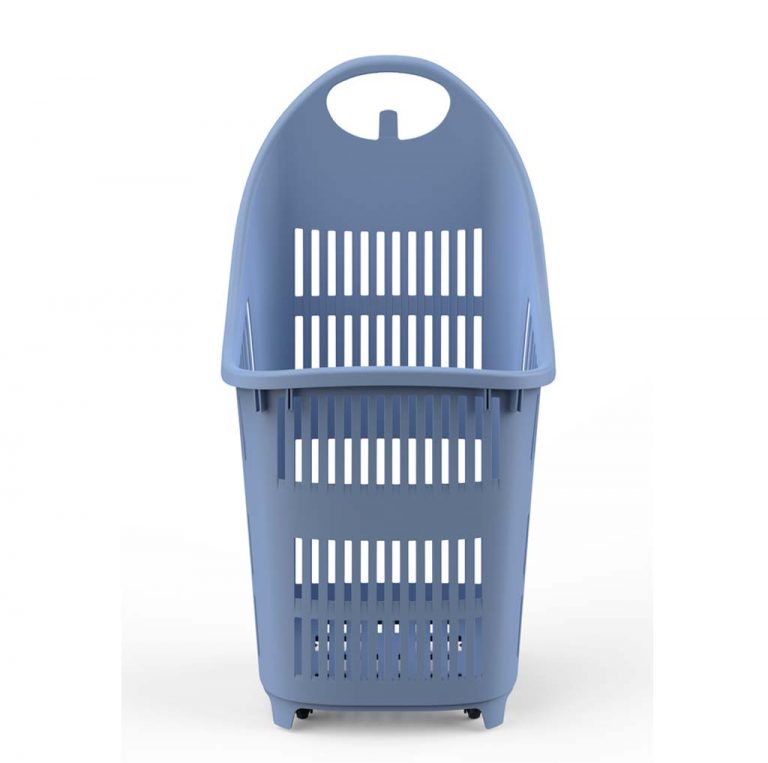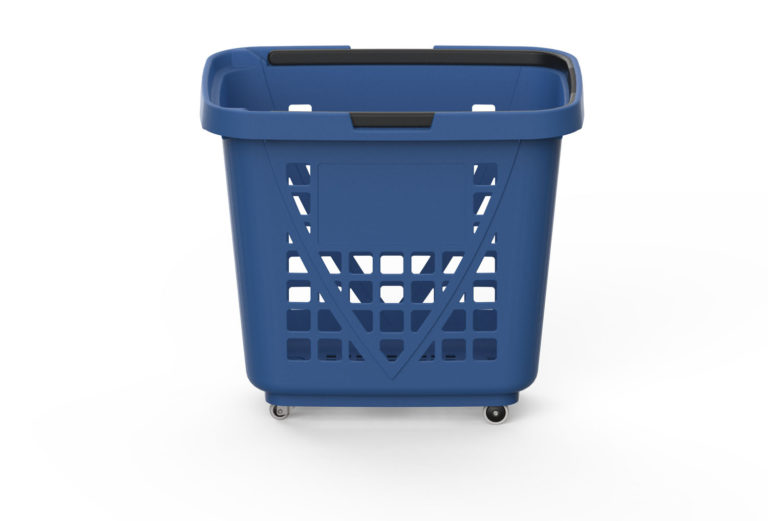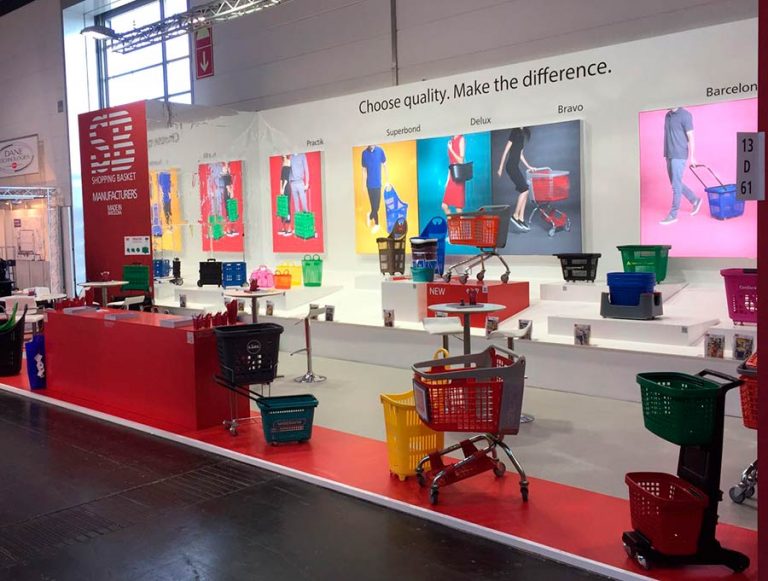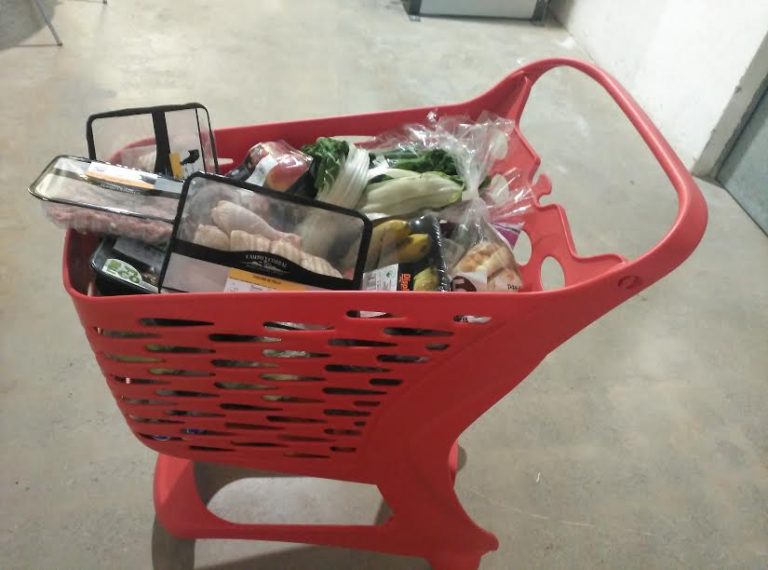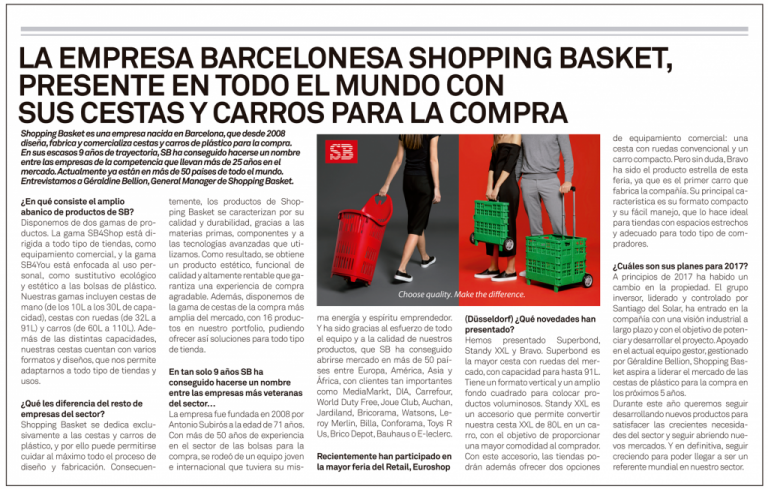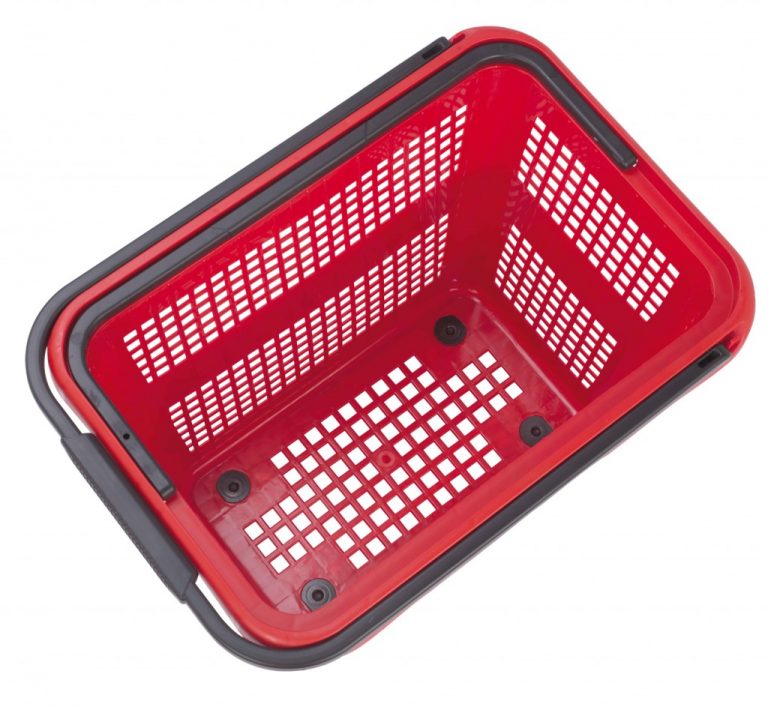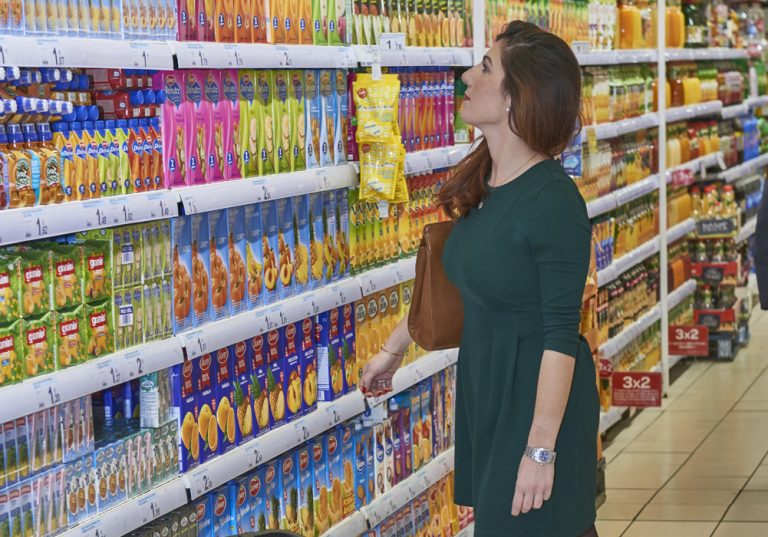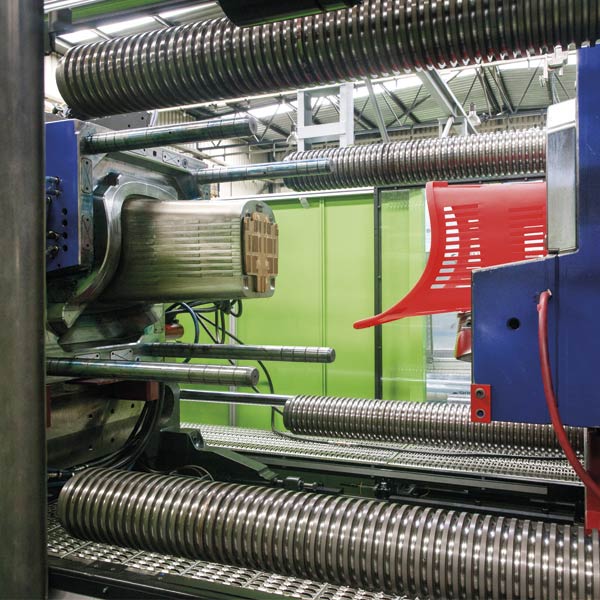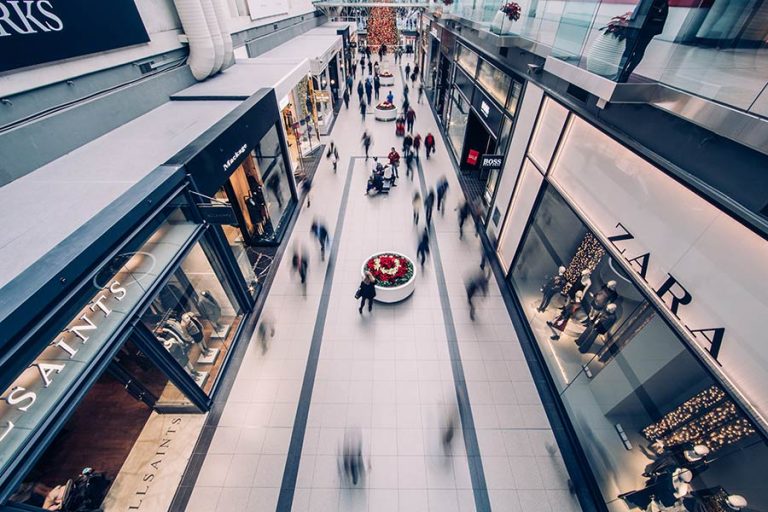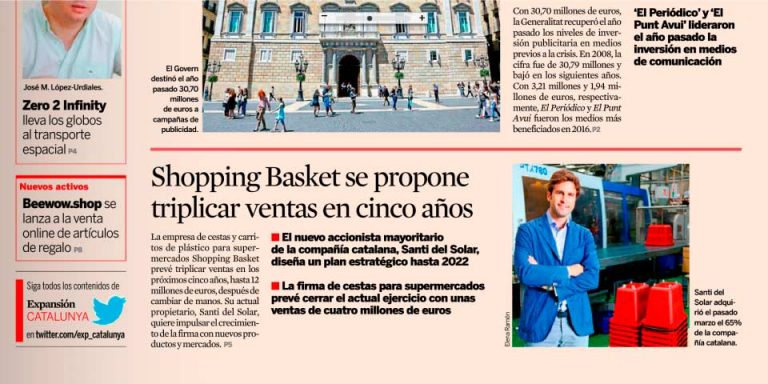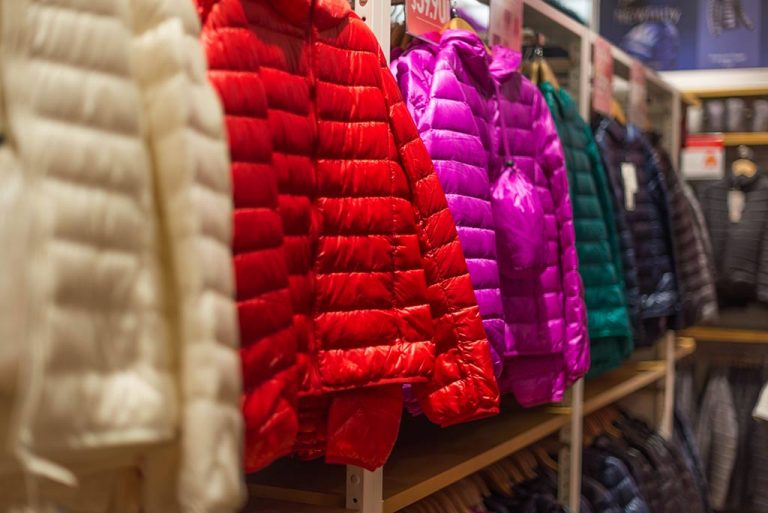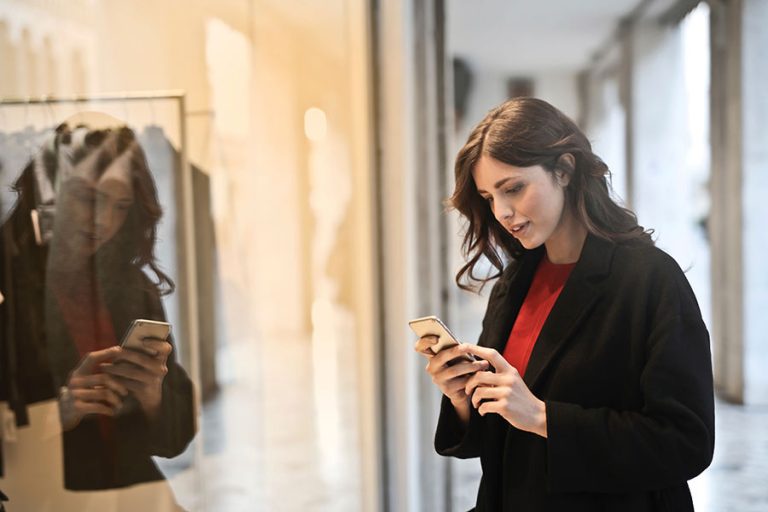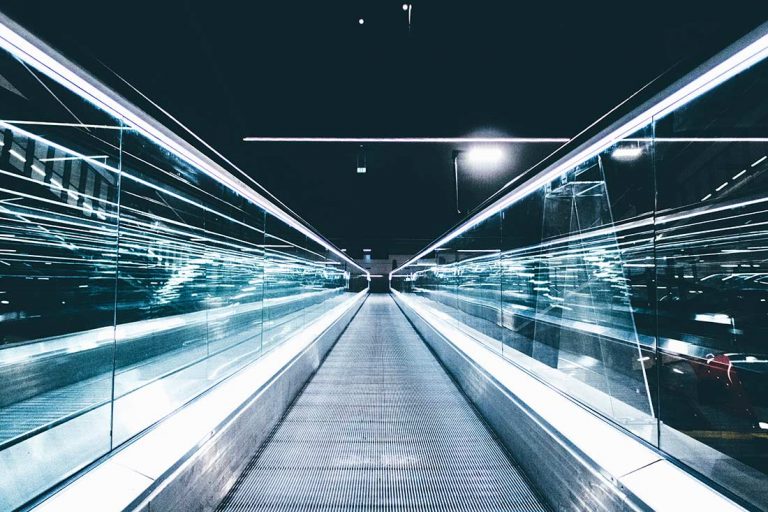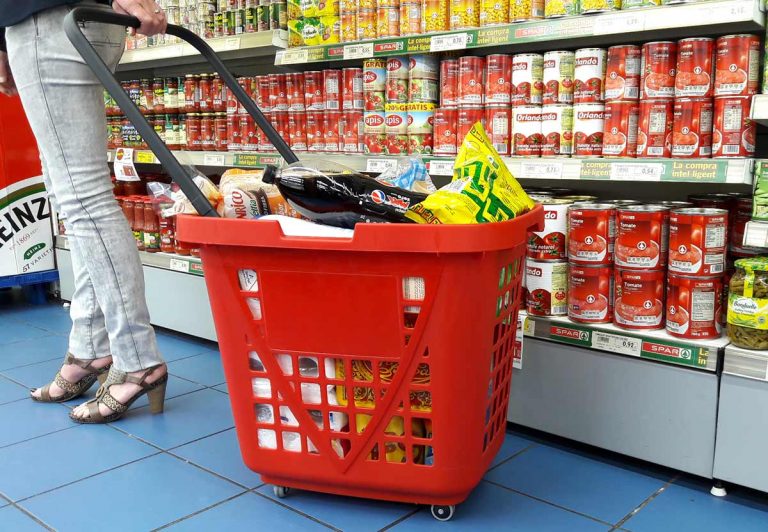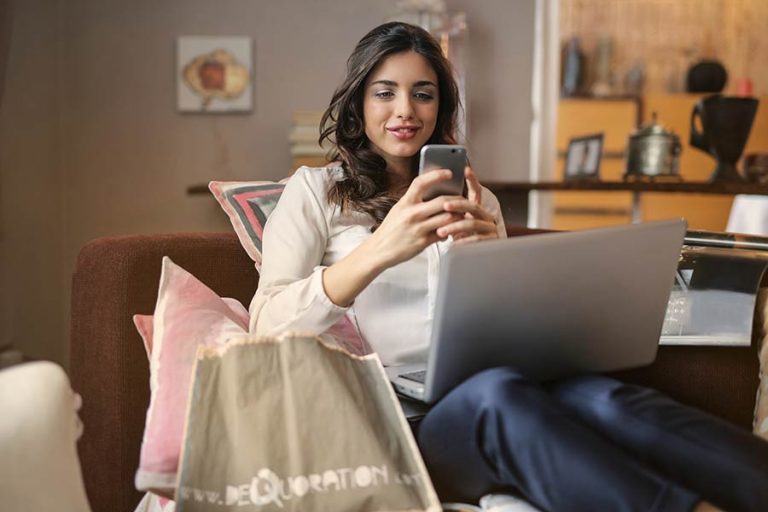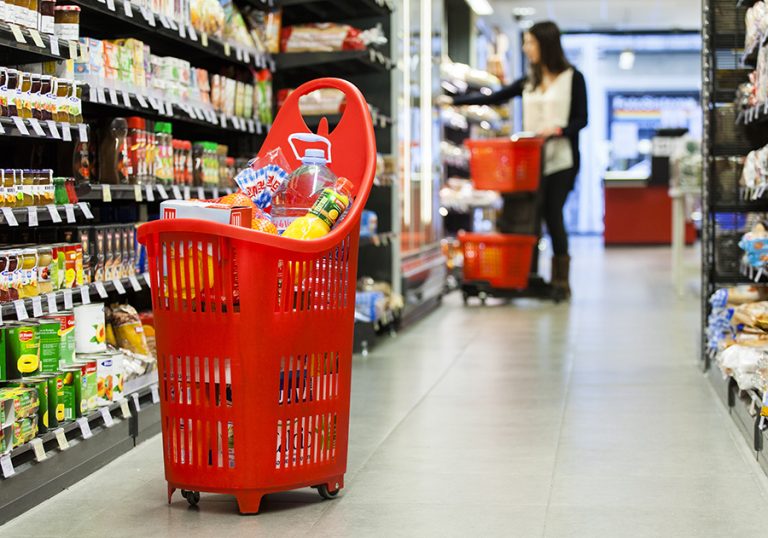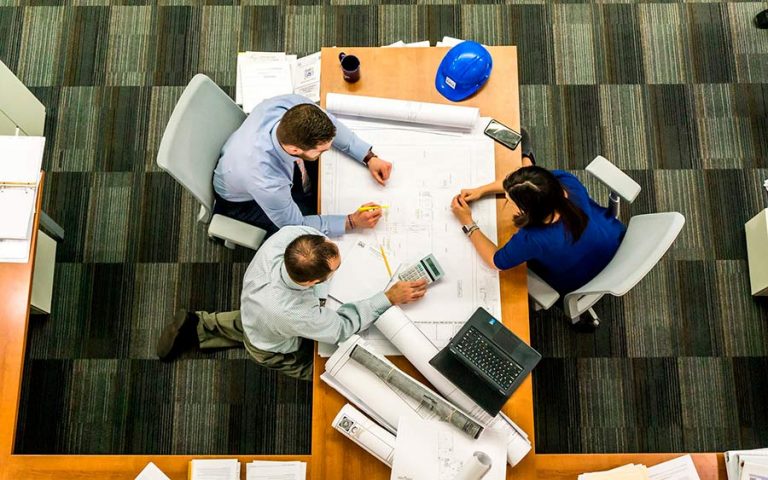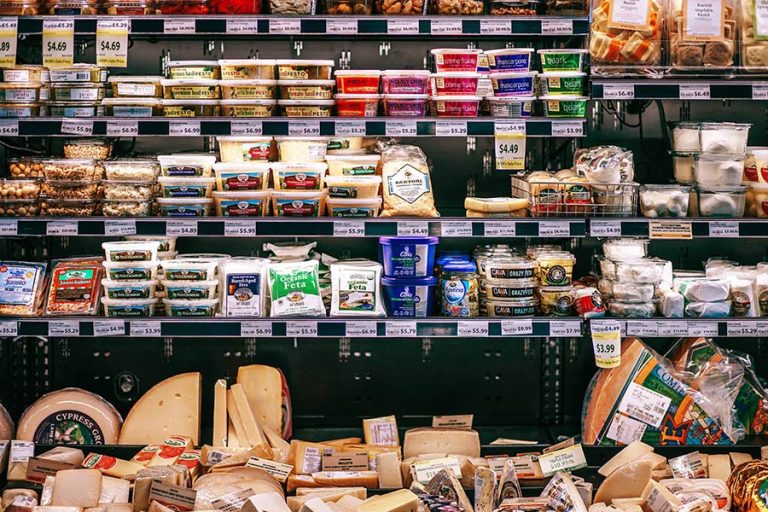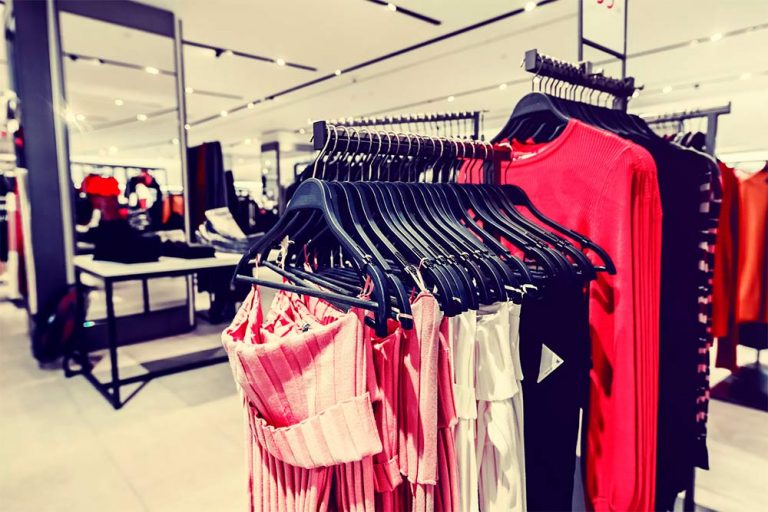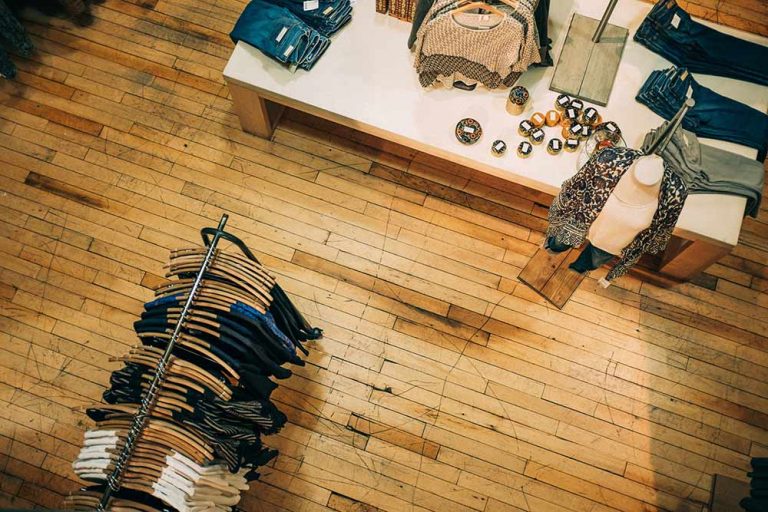This year and the next one will be the continuation of some Retail Trends from last year. For example, the introduction of technology in retail. Today’s customers expect a lot from brands, perhaps more than ever. These demands have managed to boost the market at high speed. The brands have focused their strategies on the client. But getting a user to look at your brand has become a challenge given the fierce competition. To solve this, brands are offering their customers personalized experiences, and are returning to downtown with smaller store formats meeting the urban needs of consumers.
1- PROXIMITY STORES, SMALL FORMAT NEW RETAIL TRENDS
On the one hand, the idea of large retail chains is to reach users in a more direct and close way, with smaller store formats. In them, they will provide personalized attention. Big brands like IKEA, Target, Nordstrom and Sephora have already announced that they intend to open this type of stores throughout this year.
If we take into account that by 2050 it is expected that two-thirds of the population live in urban centers, it makes sense that the proximity of stores is booming.
2- INVENTORY MANAGEMENT IS REALLY IMPORTANT IN RETAIL TRENDS
The strategic management of inventory is key to minimizing the necessary stock and therefore the storage size and its costs. In the same way, it serves to ensure the availability of stocks.
ZARA PIONEER IN RETAIL TRENDS, CASE STUDY
The owner of Zara, Amancio Ortega is considered to be the sixth richest man in the world. In addition to the avant-garde design and quality that the masses like so much, Zara is distinguished by the 360 ° management of all aspects of the brand.
Creation process:
All the tasks involved in the creation process are integrated vertically into the value chain. From design through manufacturing and logistics. In this way, Zara can be much more flexible and fast in production times.
Process automation
All the processes of the brand are automated, thus avoiding errors and allowing to reduce the deadlines to the minimum.
High turnover of stock
Every 15 days the clothing collections are renewed. In this way, Zara can adapt to the latest trends in the market.
No storage
Given the rapidity of production times and the small quantity manufactured for each collection, Zara reduces to the maximum the storage space and the inventories.
3- POP-UP STORES VERY IMPORTANT RETAIL TRENDS
Pop-up stores are perfect for e-commerce that want to experience how they perform in real space. They are also used to promote new campaigns, products, technologies … Among its most outstanding benefits:
- Brand recognition: in this way, users become familiar with the brand, its image, qualities, etc.
- Advertising the brand: it is always a good way to attract customers. This type of store combined with marketing actions can create a need for the user. Furthermore, the limited opening time increases the need to visit the store.
- Experiential retail: in addition to selling something, you can offer personalized experiences.

4- CUSTOMIZED MARKETING NEW RETAIL TRENDS
Another growing retail trend is personalized marketing. Many multi-channel brands capture customer data that they then transform into promotions and personalized communications. This way, they increase the engagement and the possibilities of sale.
Leroy Merlin, Best Buy, and many other brands that have downloadable application use geolocation to send push notifications to their customers when they are near the physical store. Users receive personalized promotions based on the information rescued from their navigation with the brand.
Another example is Sephora’s new skin tone scanner, ColorIQ. With this initiative, Sephora wants to attract its customers to its physical stores.
5- ROBOTIZED FULFILLMENT ORDERS
Another Retail Trend that many brands have implanted is the fulfillment of automated orders made by robots. For example, the Chinese giant Alibaba uses a combined system of robots and humans to prepare orders.
Another example is the JD.COM sports e-commerce. Its central stores in China, have about 10,000 m2 and only four people work there.
6- AUTOMATED DELIVERIES IN THE LAST MILE: FUTUR RETAIL TRENDS
We call “the last mile” the last process of the delivery. “The last mile” corresponds to the distance from the warehouse until it’s delivered at the client’s address. It should be noted that this last stage is the one with the most incidents:
The deliveries are almost always in urban centers with the consequent problems of mobility.
It is expected to receive the package at the earliest convenience so, e-commerce has to reduce delivery times.
In short, this process is the most inefficient, the most expensive, and has the greatest environmental impact due to CO2.
As a result, innovative proposals have been started with autonomous vehicles without a driver.
Read through this post to know more.
7- DARK STORES
Another popular option is the dark stores. These are warehouses in the city where brands have to expedite the shipment. They can even offer deliveries on the same day that the order is placed.
8- INTELLIGENT BOXES
The CityPaq post office lockers or the Amazon Lockers are new initiatives that aim to facilitate delivery and reduce the costs of the “last mile”.
9- FAST CUSTOMIZED MANUFACTURING
Brands such as Adidas or Nike already have fully automated factories, located in developed countries such as the US and Germany. They have 3D printers that allow them to customize your customers’ orders very quickly. Thanks to this, they manage to produce the product three times faster than with their conventional method: the factories they have in developing countries.
10- CASHIER-FREE STORES
Amazon Go has opened its first store in Seattle and is already a success. In order to use the service, users only have to download the Amazon application to their smartphones. The technology implemented in this store counts the items that users grab and put in their bags. Once the purchase is finished, the user can leave without paying in the store since Amazon automatically charges the customer through their app.
It is still in the beta phase but Amazon wants to implement it in the Whole Foods stores and more physical stores of the marketplace.
In Asia, companies such as Hema (Alibaba) or JD.COM have already established physical stores where there is no need to pay when leaving. They work in a similar way to the Amazon store. They also offer the possibility of home delivery in less than 30 minutes.
11- AUGMENTED REALITY NEW JEWEL OF RETAIL TRENDS
Another Retail Trend is the augmented reality apps that some brands offer us. For example, the Wanna Kicks app allows us to visualize through our smartphone how sneakers will look on us.
Other brands such as Nike, Lacoste, or Timberland have also implemented augmented reality in their stores and have developed mobile applications.
And your company, are you thinking of implementing any of these measures? Tell us how.



 Sign up for our newsletter and be the first to receive our articles!
Sign up for our newsletter and be the first to receive our articles!
